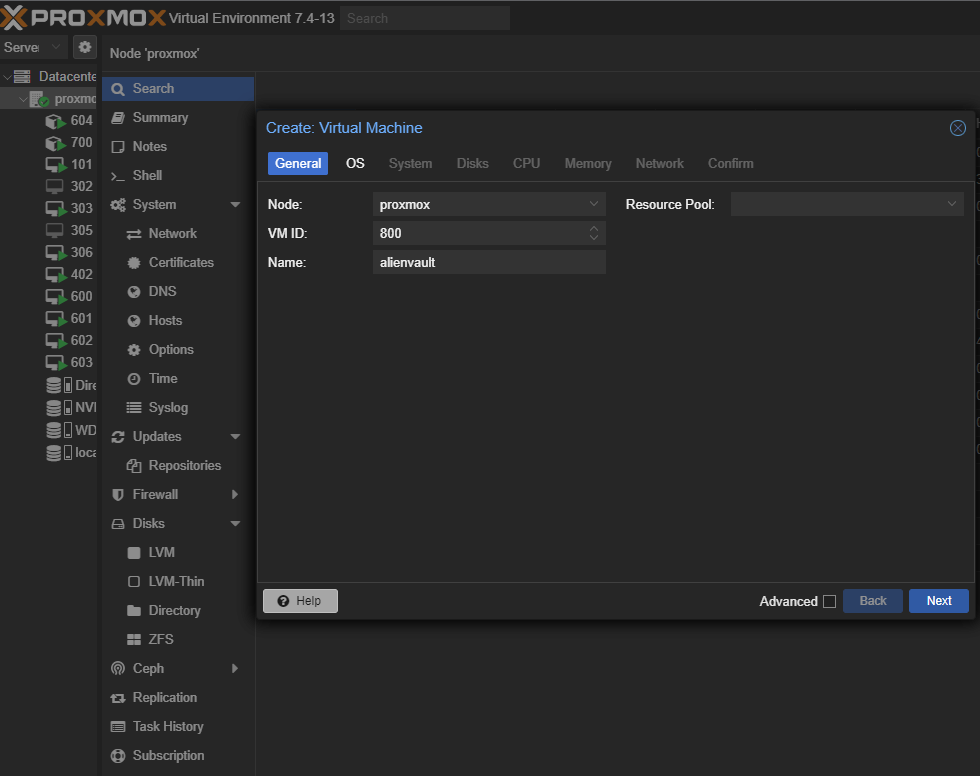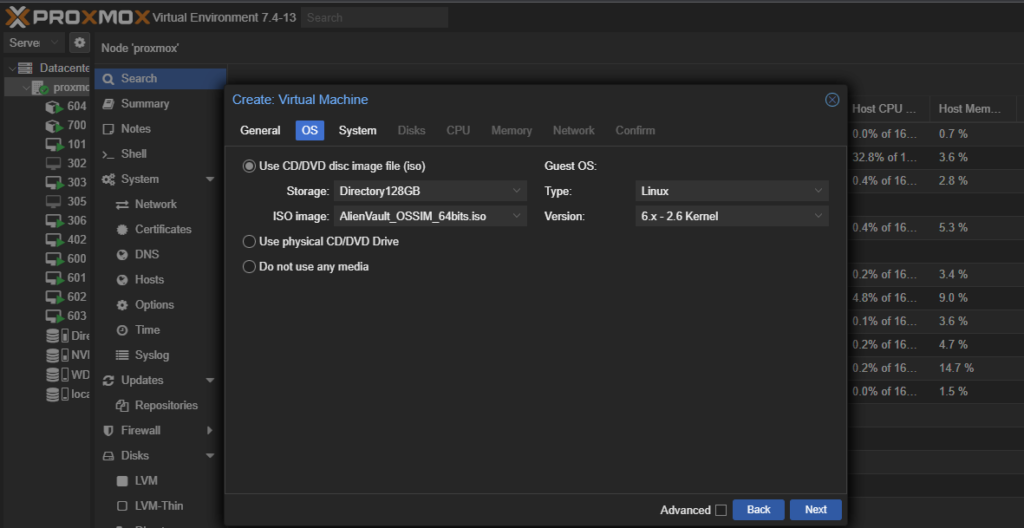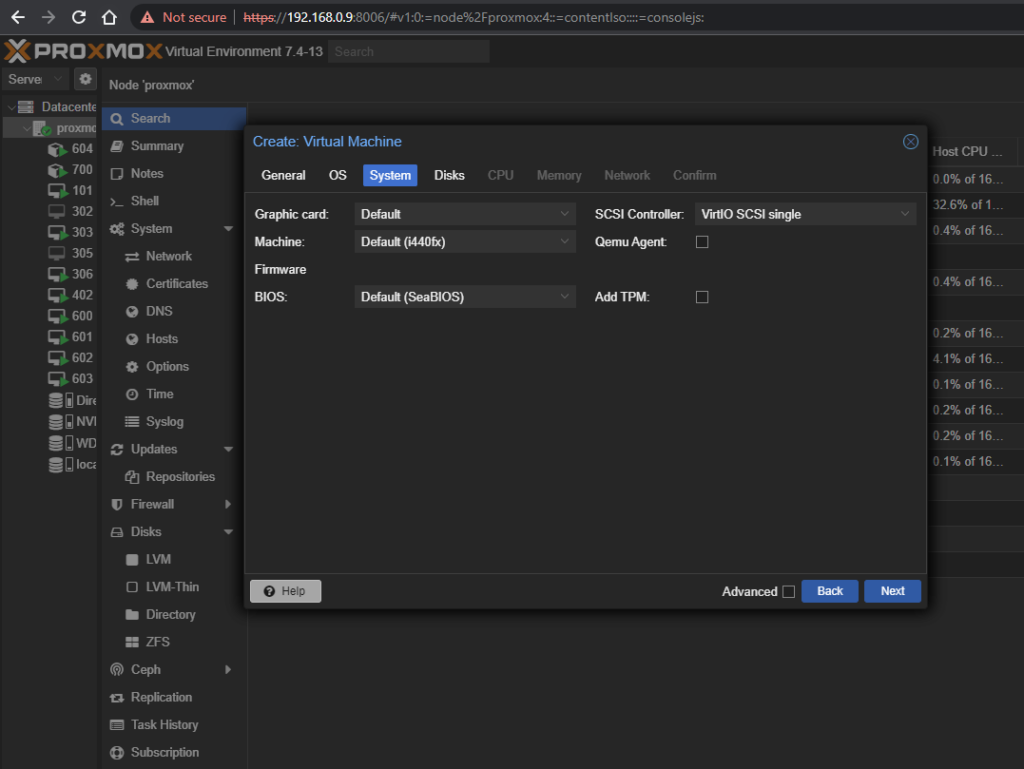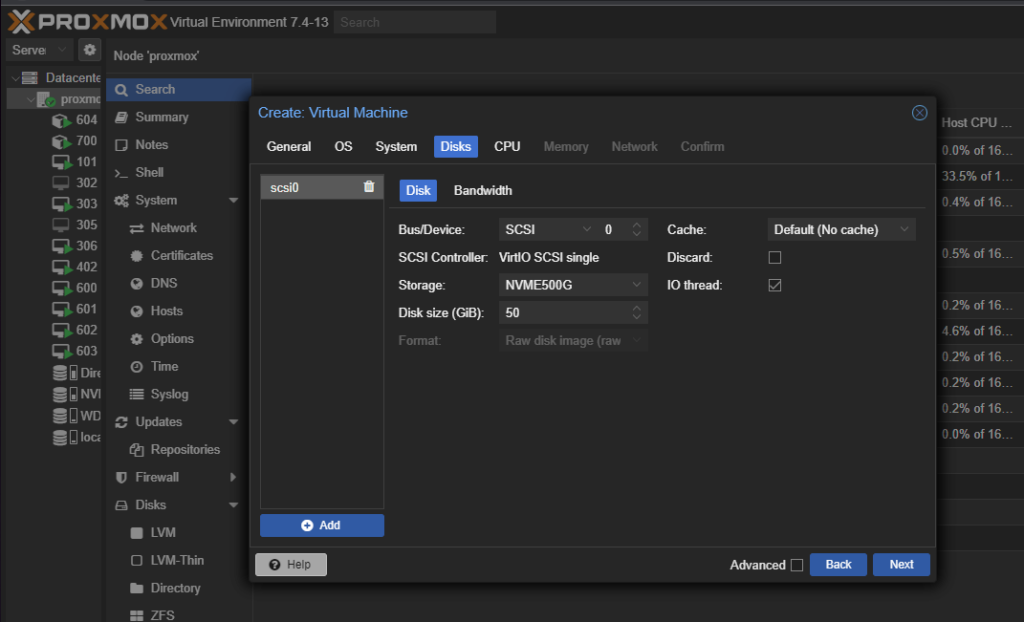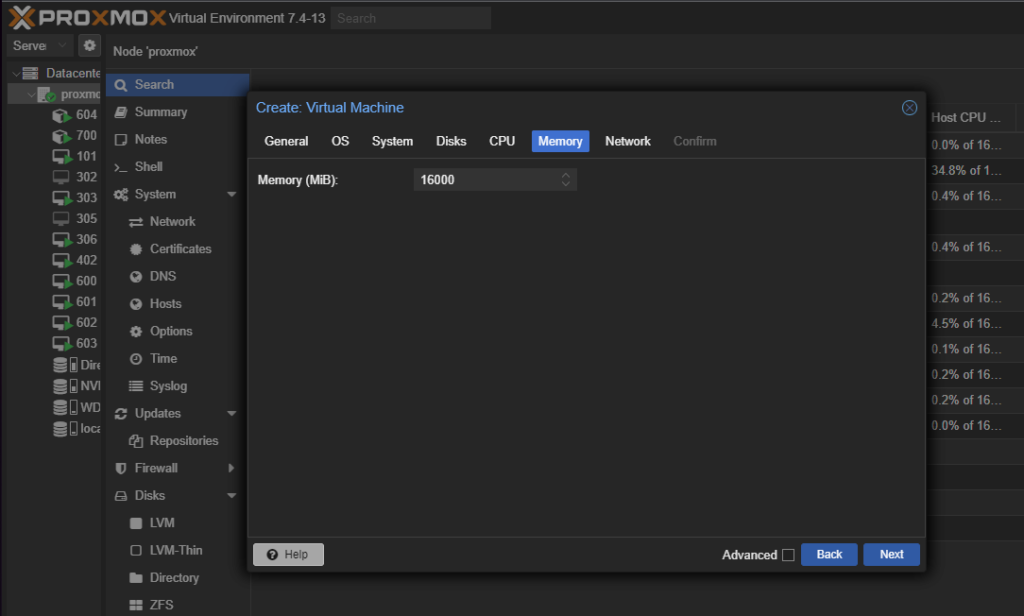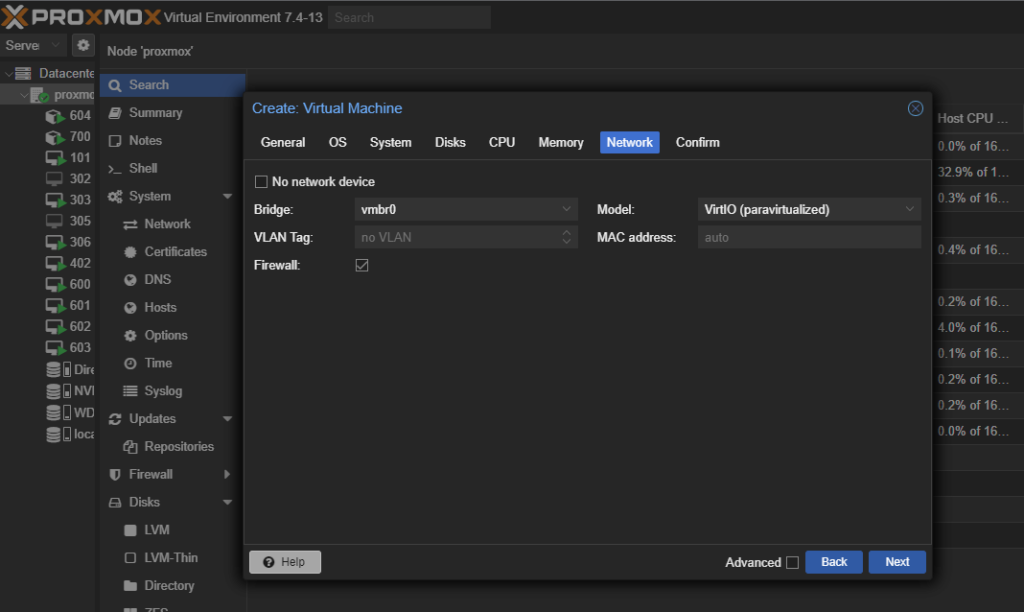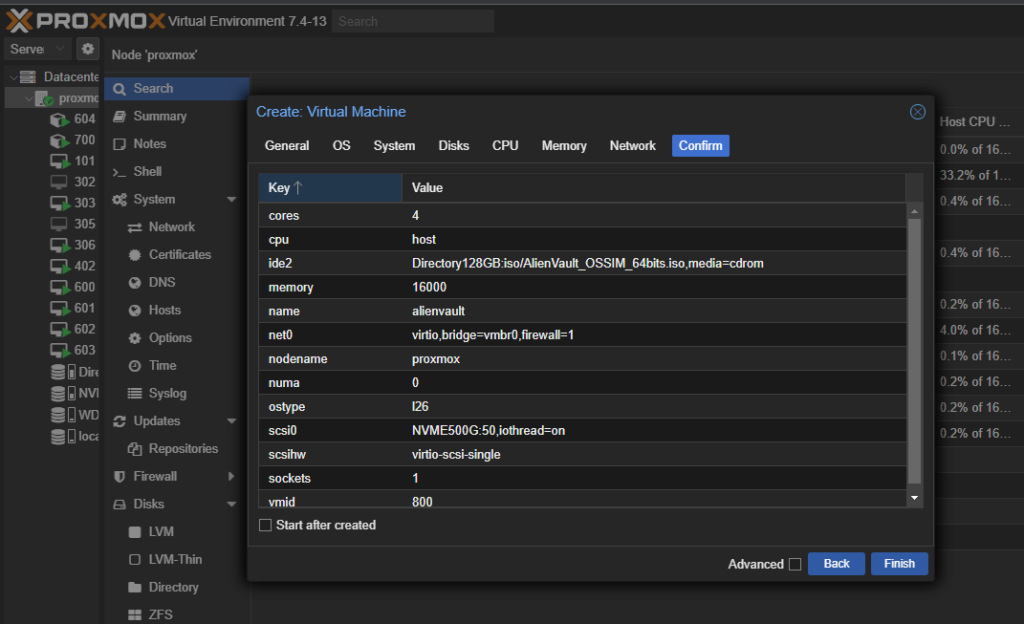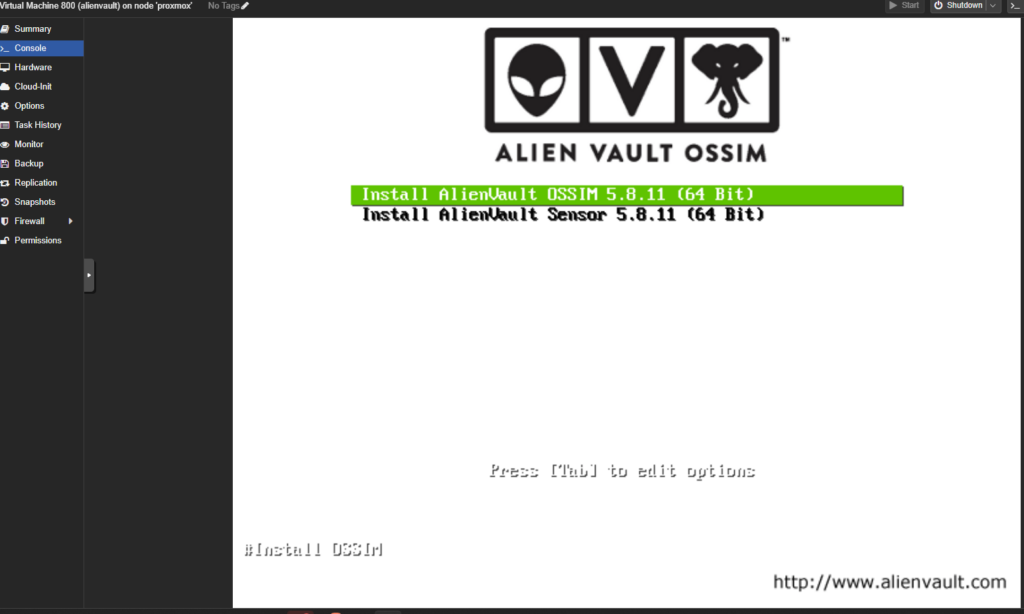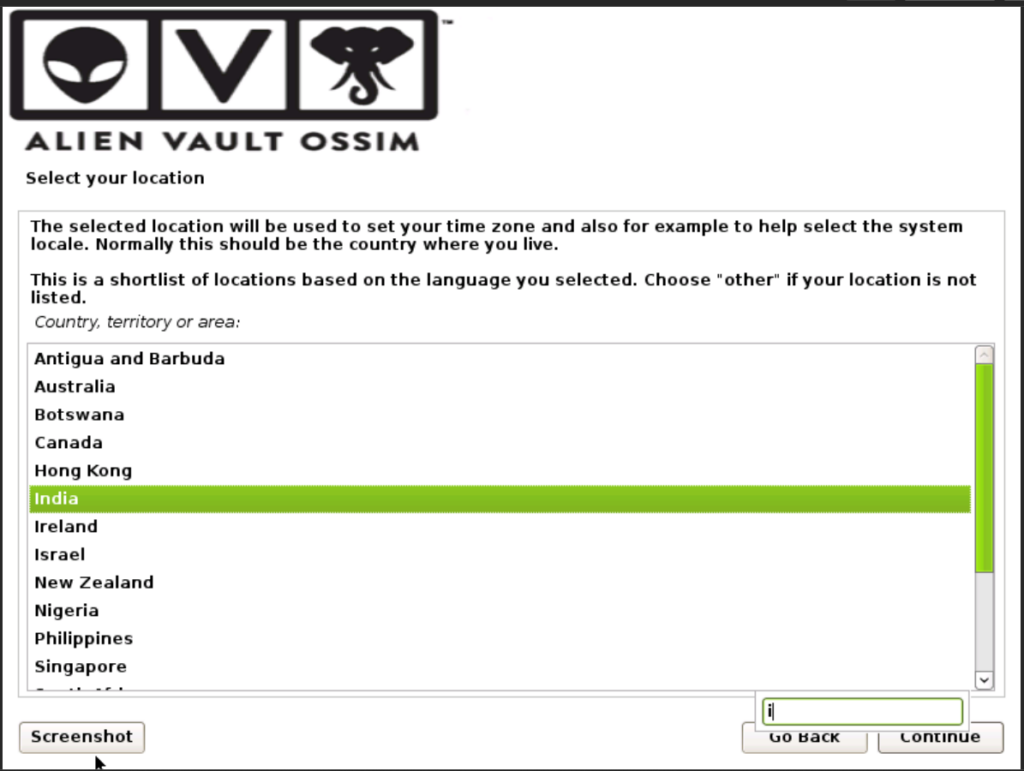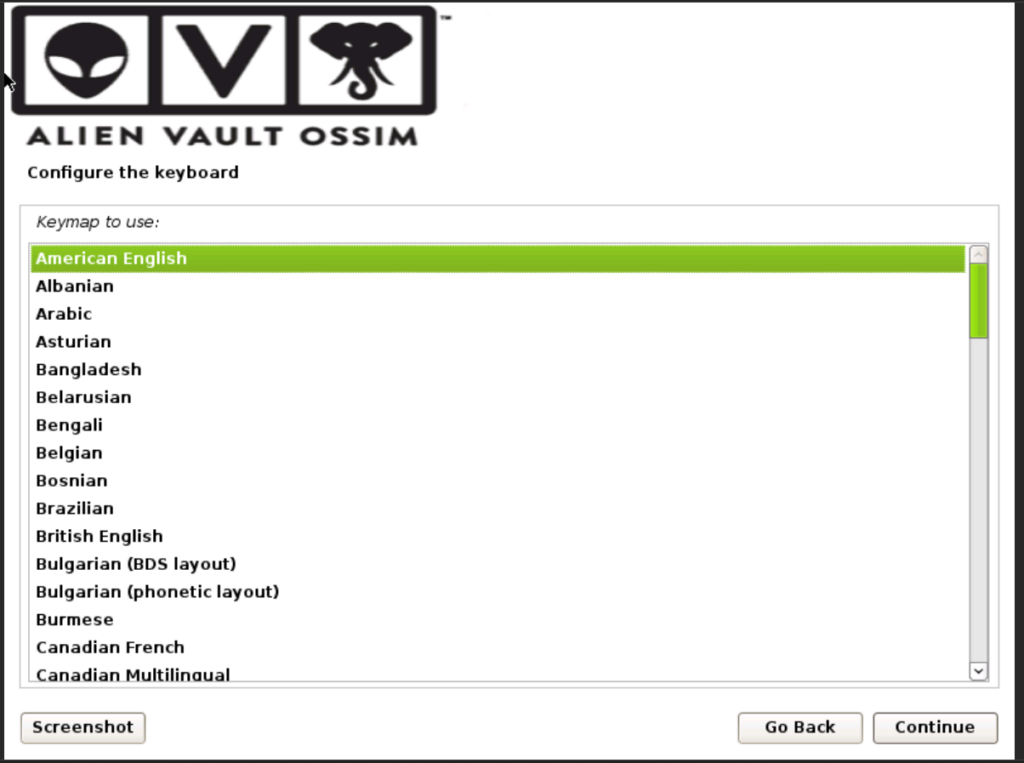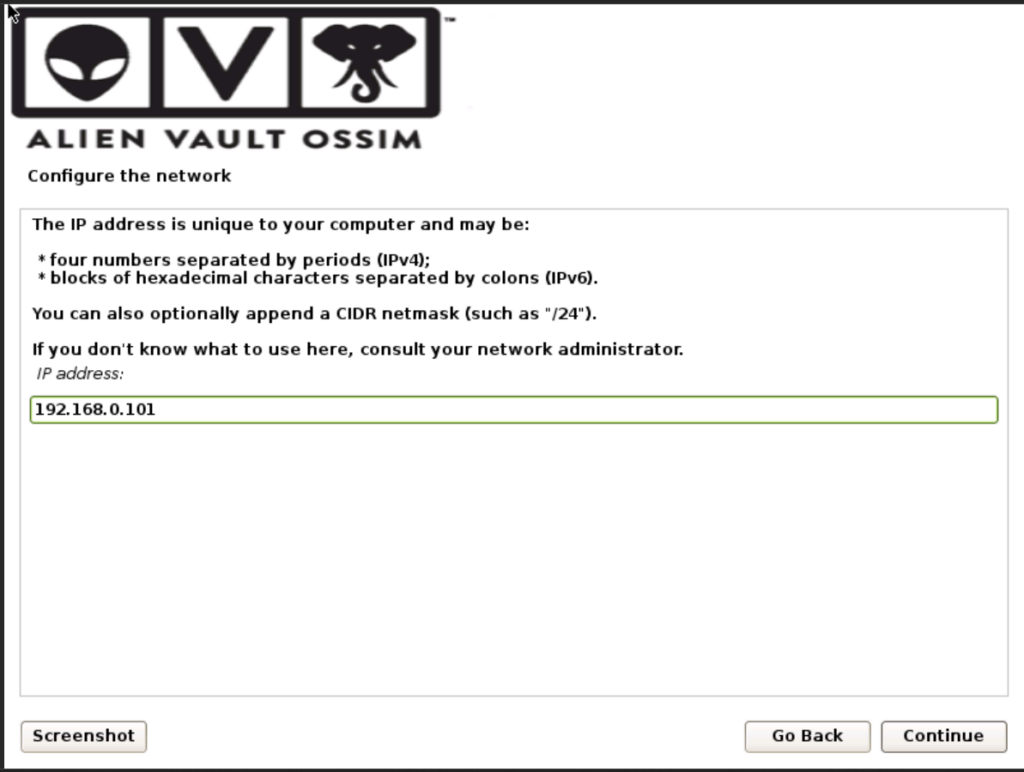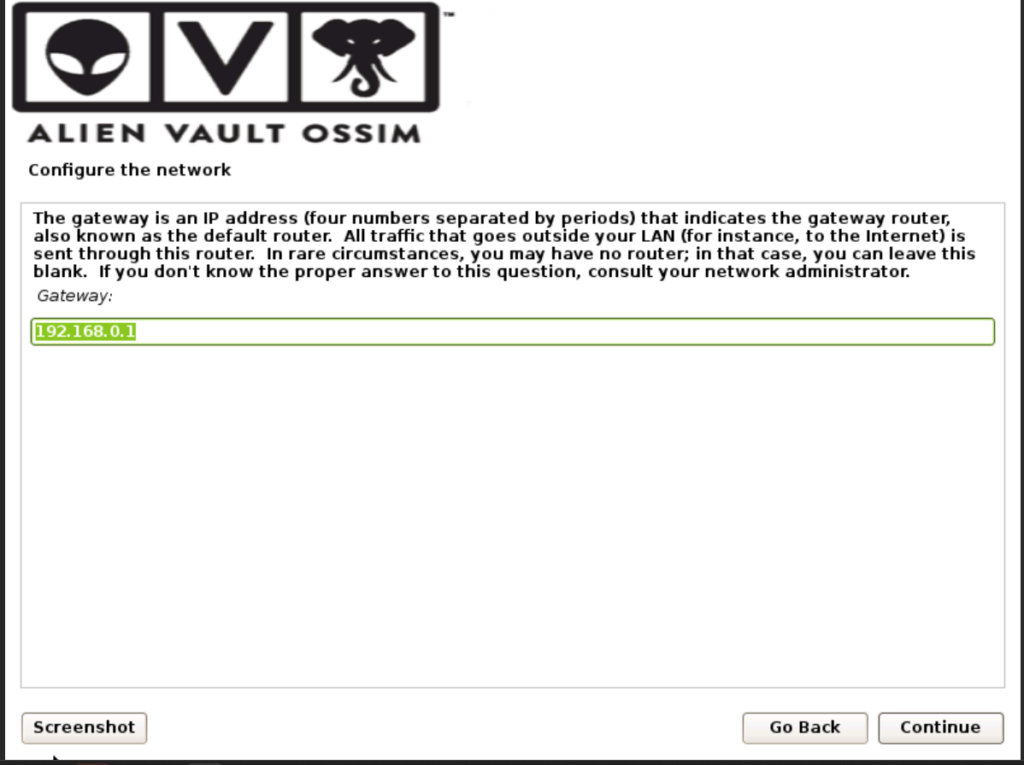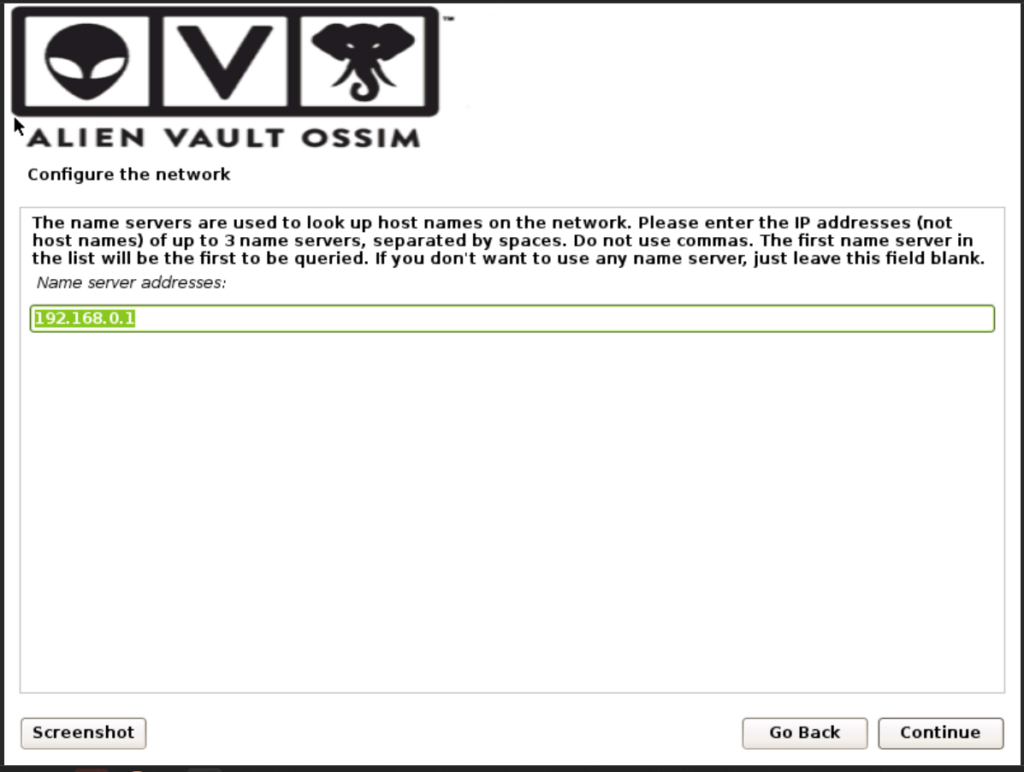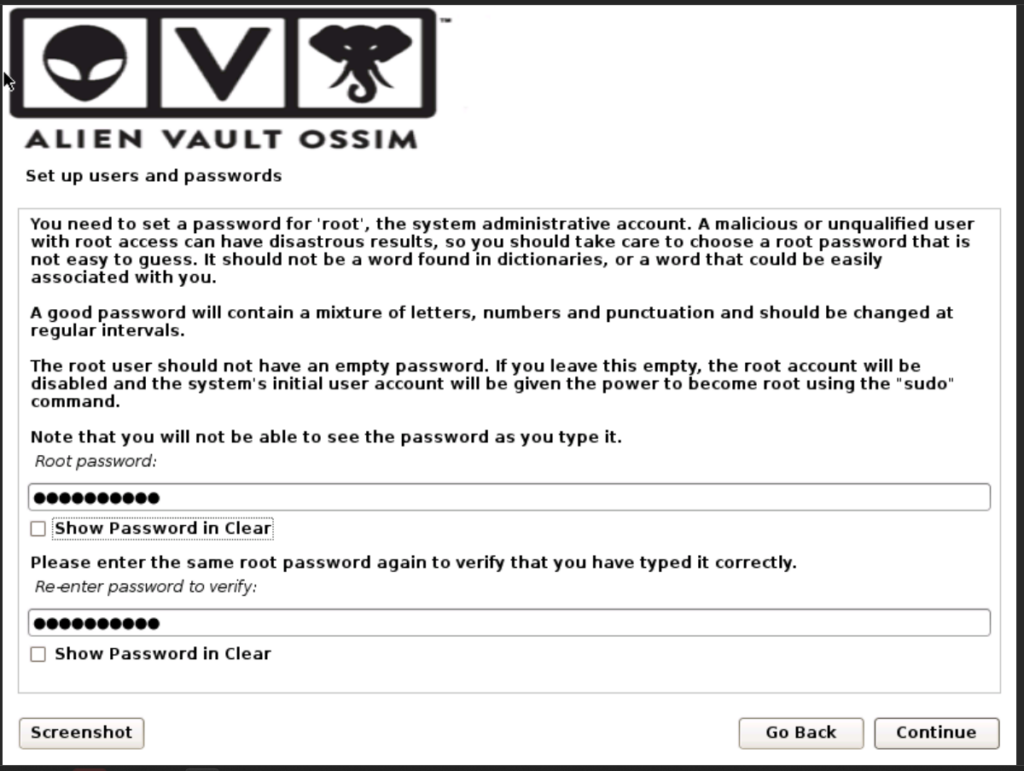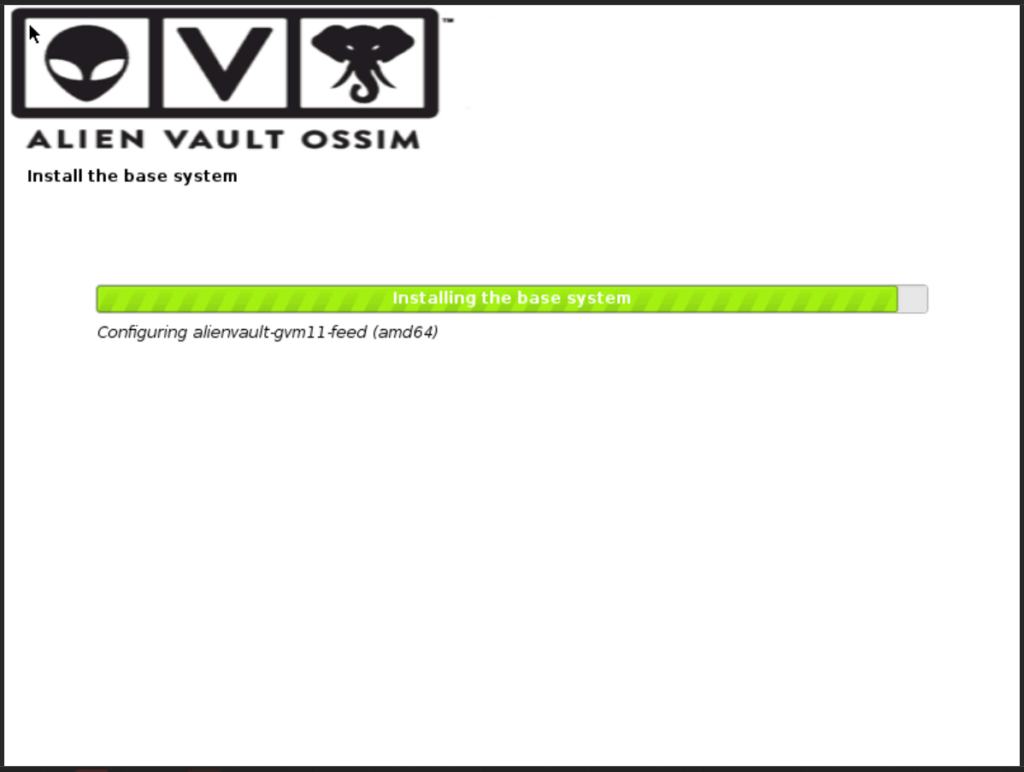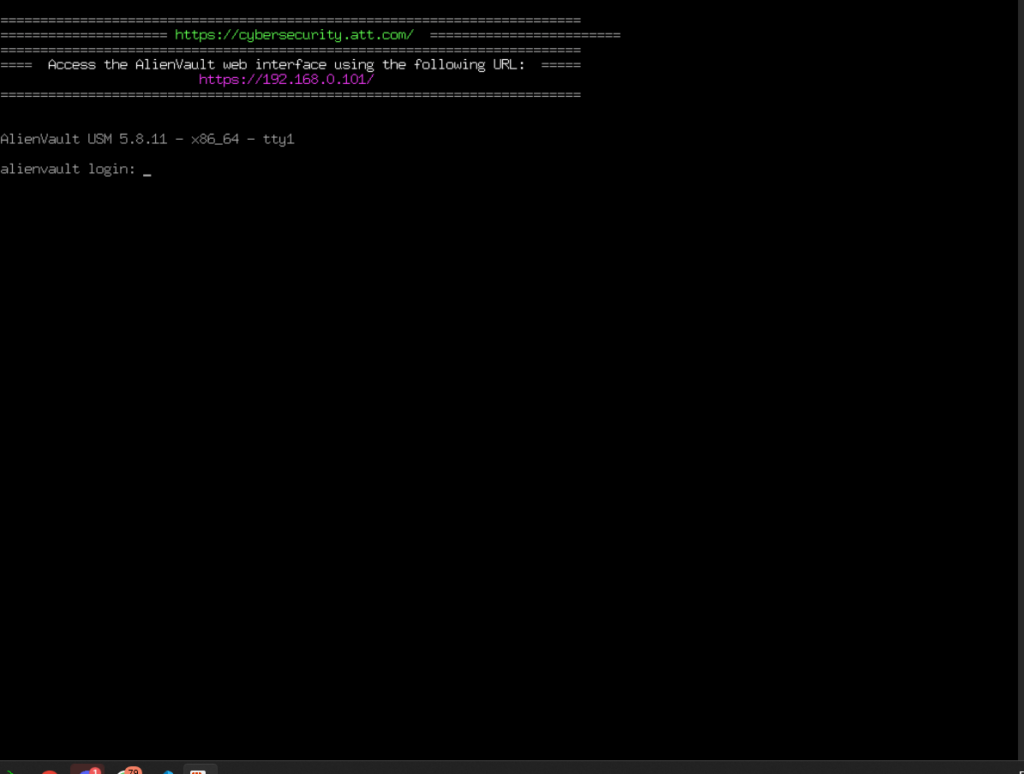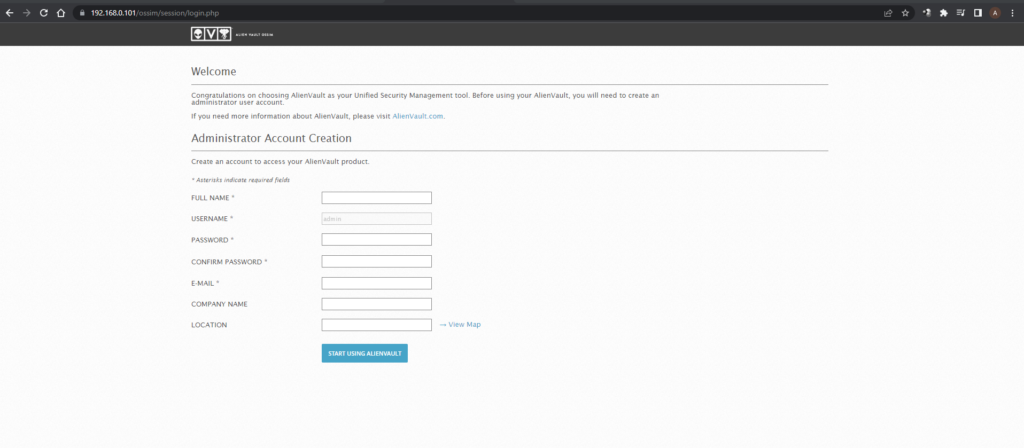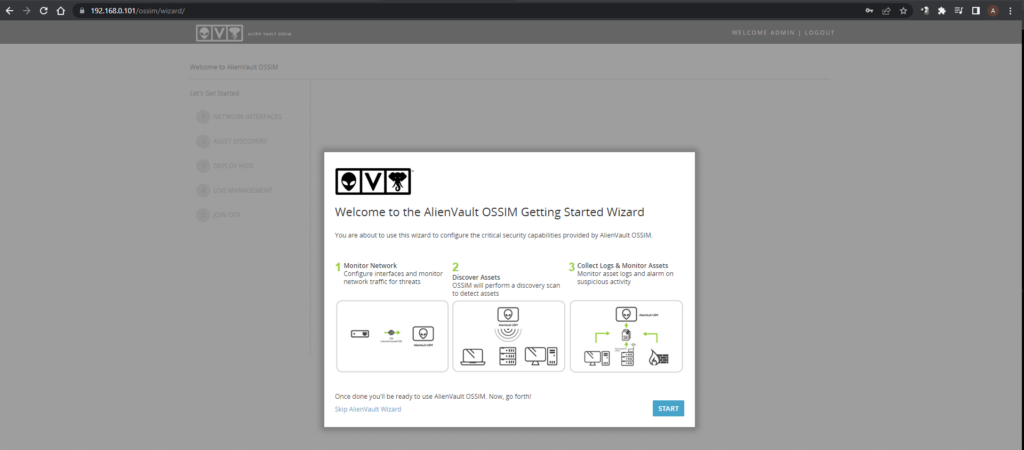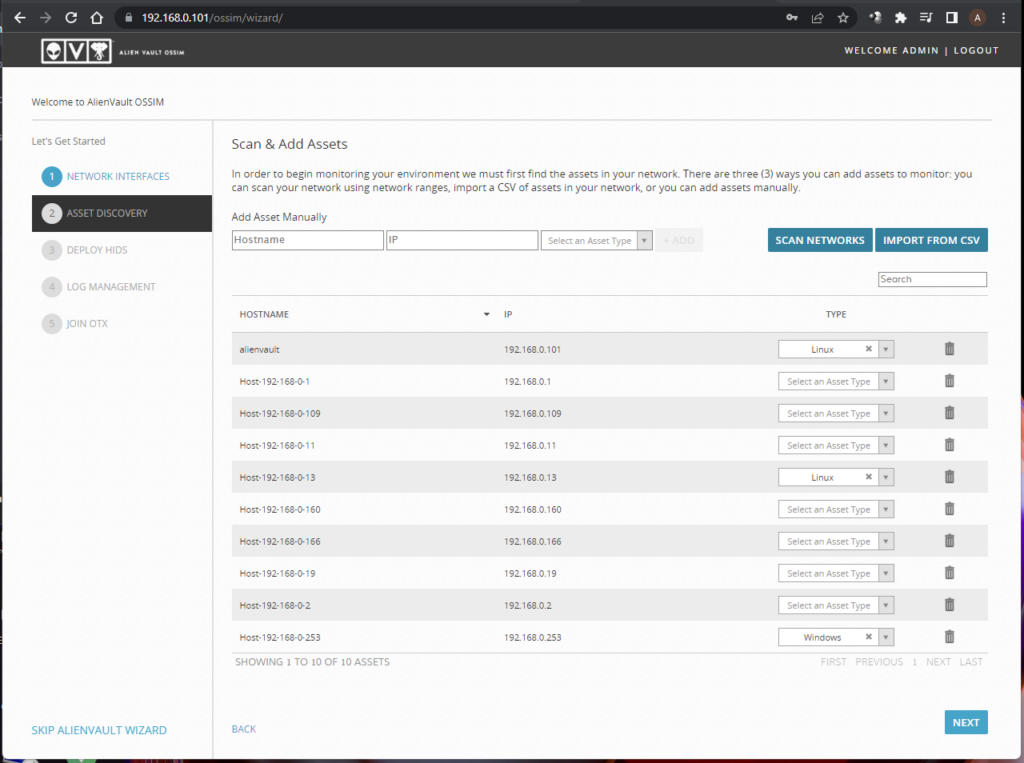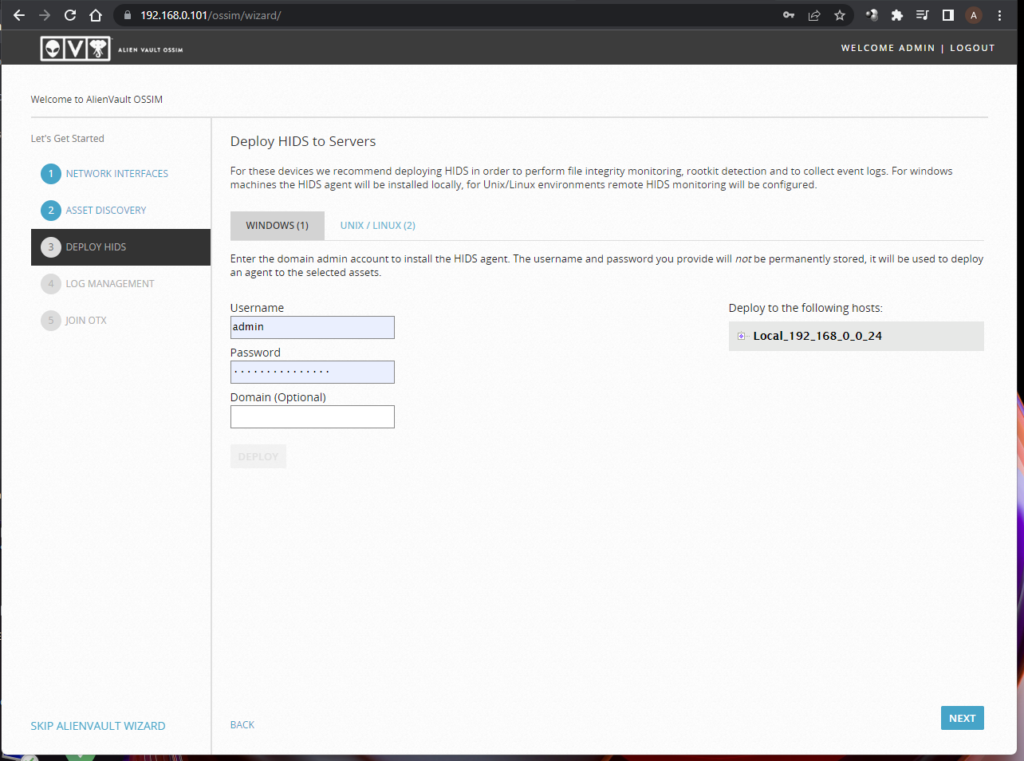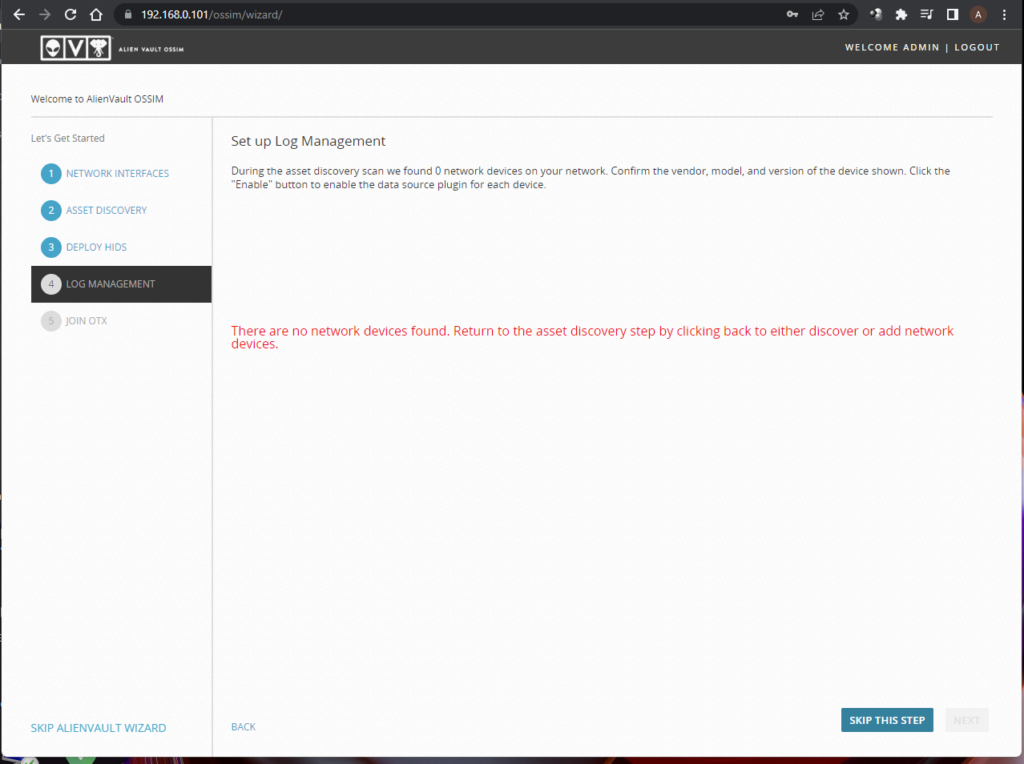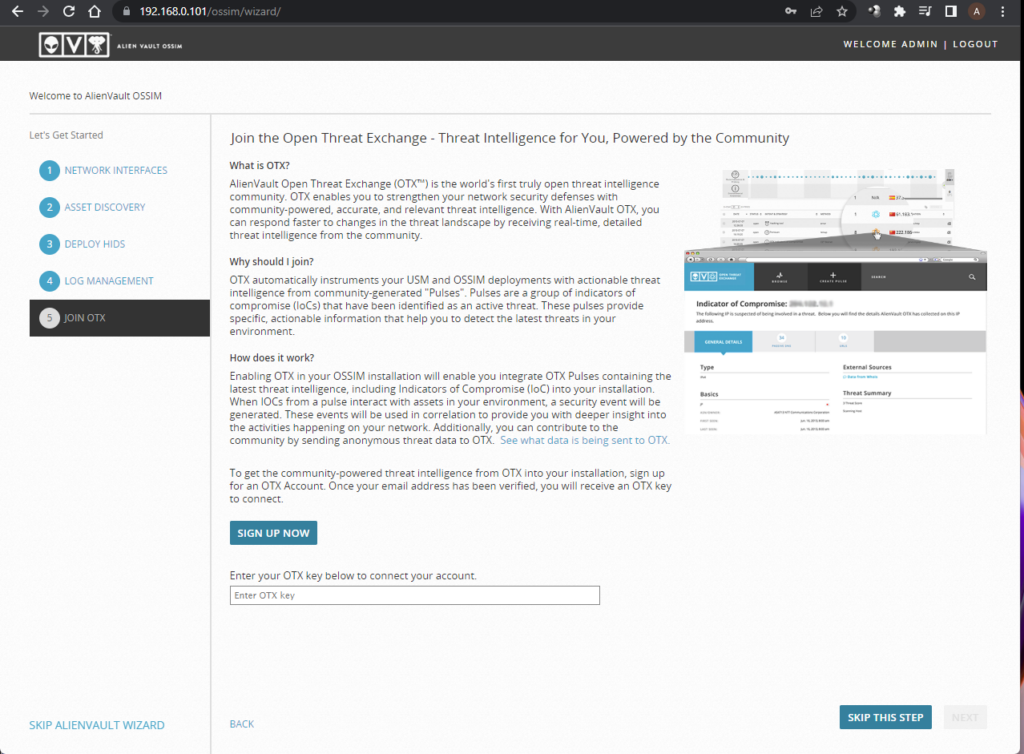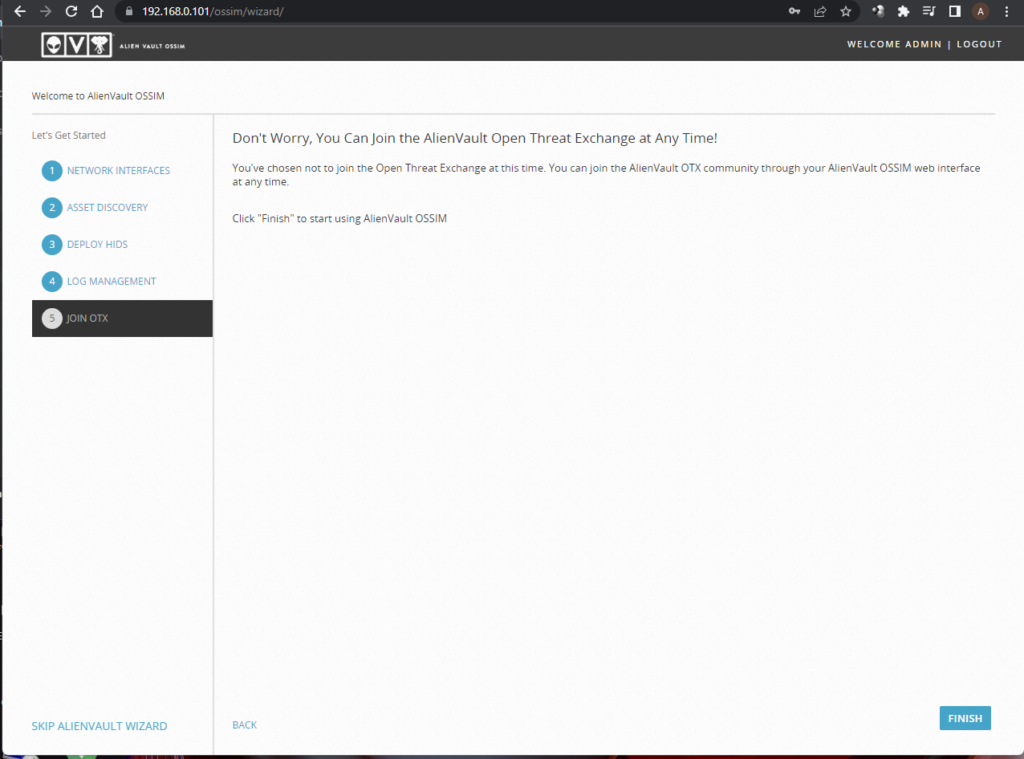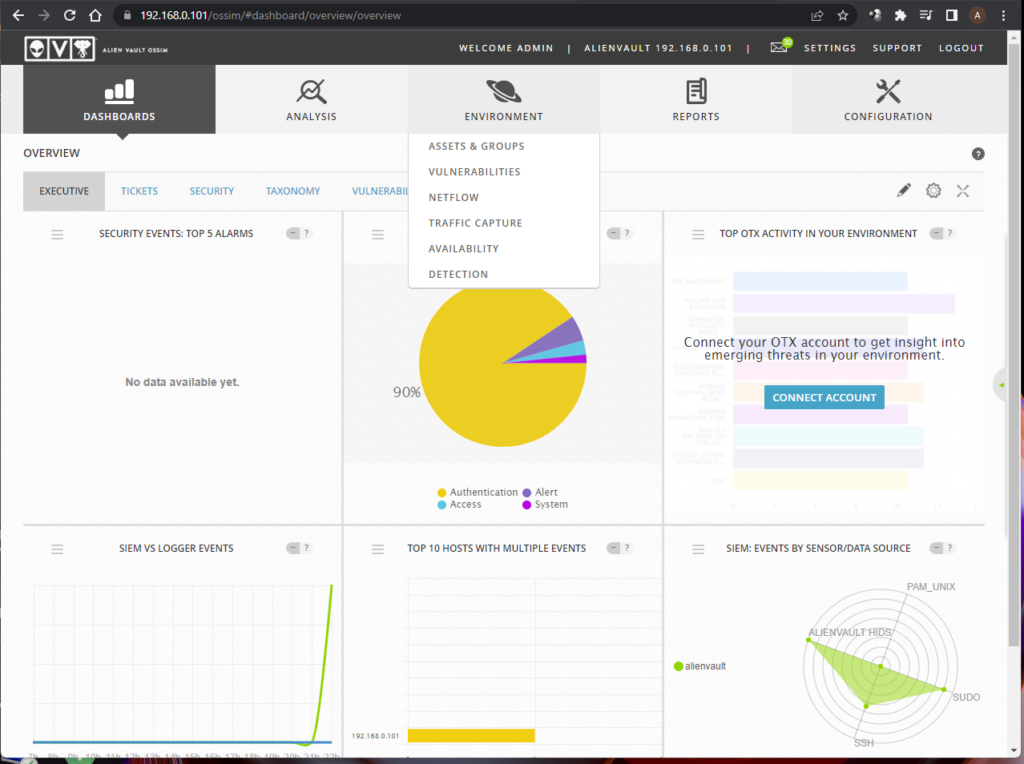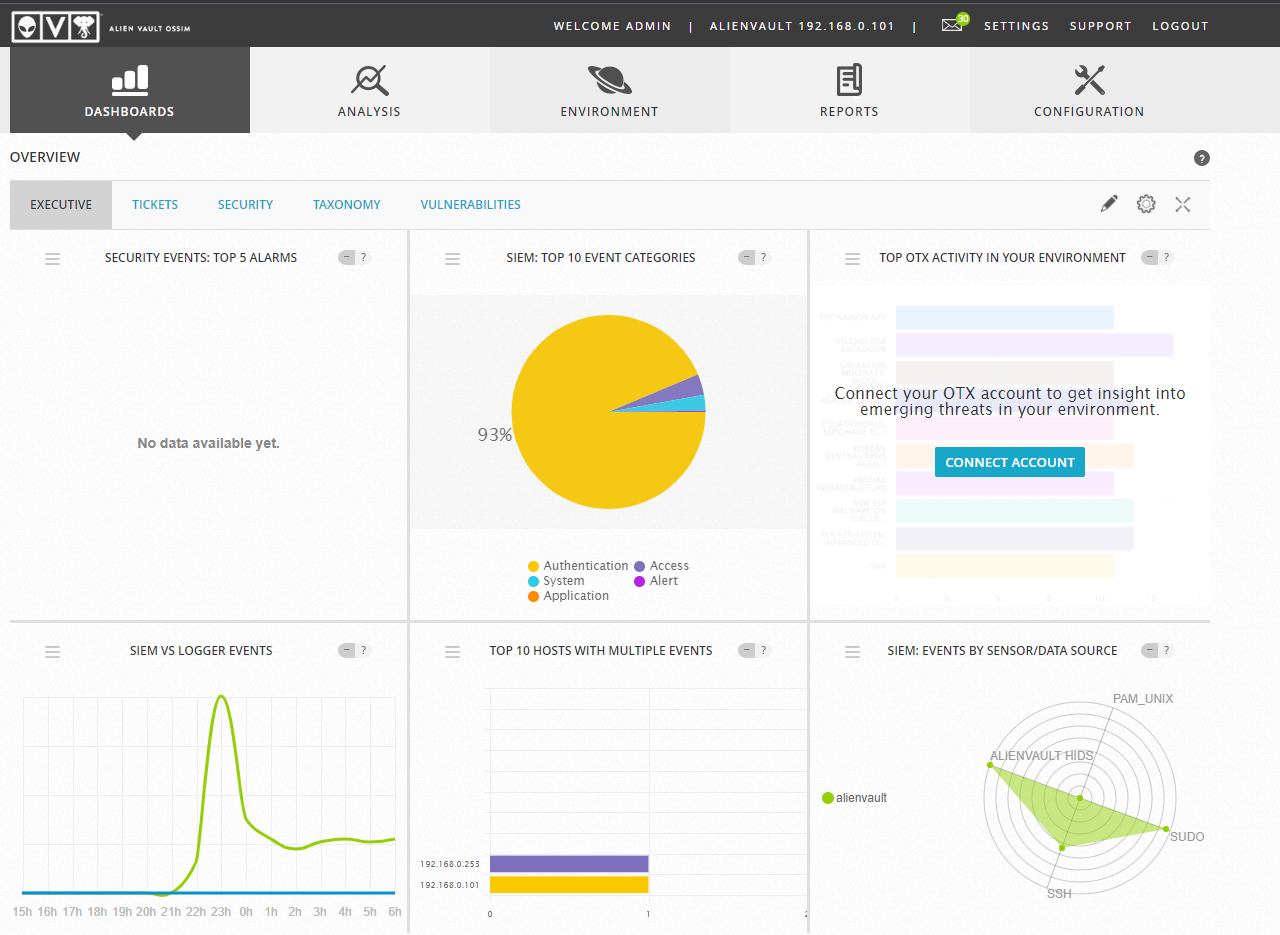Security and SIEM (Security Information and Event Management) are two interconnected concepts that play crucial roles in safeguarding digital systems and networks.
Security encompasses a wide range of practices, technologies, and measures implemented to protect data, systems, and networks from unauthorized access, breaches, and threats. It involves various layers of defense, including network security, data encryption, access control, firewalls, and vulnerability assessments. Effective security measures are essential to ensure the confidentiality, integrity, and availability of information, and to mitigate potential risks.
SIEM, on the other hand, is a comprehensive approach to security management that combines security information management (SIM) and security event management (SEM). It involves collecting, analyzing, and correlating security events and logs from various sources, such as network devices, servers, applications, and endpoints. SIEM systems enable real-time monitoring, threat detection, and incident response by centralizing and analyzing security data, detecting patterns and anomalies, and generating actionable insights and alerts. They provide organizations with visibility into their security posture and help identify and respond to security incidents effectively.
Together, security and SIEM form a vital part of an organization’s overall cybersecurity strategy. By implementing robust security measures and leveraging SIEM technology, businesses can proactively protect their digital assets, detect and respond to security incidents in a timely manner, and strengthen their overall security posture.
There are several popular SIEM solutions available in both paid and free versions. Here are a few examples:
Paid SIEM solutions:
- Splunk Enterprise Security: Splunk is a widely recognized SIEM platform that offers advanced security analytics, threat detection, and incident response capabilities. It provides real-time monitoring, correlation of events, and extensive data analysis for comprehensive security management.
- IBM QRadar: QRadar is a robust SIEM solution from IBM that provides threat intelligence, log management, and real-time event correlation. It offers advanced analytics, anomaly detection, and integration with various security tools to help organizations detect and respond to security threats effectively.
Free SIEM solutions:
- Elastic Stack (formerly ELK Stack): Elastic Stack is an open-source solution that combines Elasticsearch, Logstash, and Kibana. It enables log collection, storage, analysis, and visualization, making it a popular choice for SIEM functionalities. The free version offers a strong foundation for security monitoring and event management.
- Graylog: Graylog is an open-source log management and SIEM platform that allows organizations to collect, index, and analyze log data from various sources. It offers powerful search capabilities, alerting, and dashboards for efficient security monitoring and analysis.
- AlienVault OSSIM is an open-source SIEM (Security Information and Event Management) platform that provides comprehensive security monitoring and threat detection capabilities. It combines numerous security tools, including log management, event correlation, asset discovery, and vulnerability assessment, into a unified platform. AlienVault OSSIM offers organizations the benefits of open-source software, allowing them to gain visibility into their security landscape, identify potential threats, and respond effectively to security incidents.
It’s important to note that while free SIEM solutions provide basic capabilities, paid options often offer advanced features, professional support, and additional integrations. The choice between paid and free solutions depends on the specific needs, budget, and resources of the organization.
SIEM Installations (Update in progress)
AlienVault OSSIM
